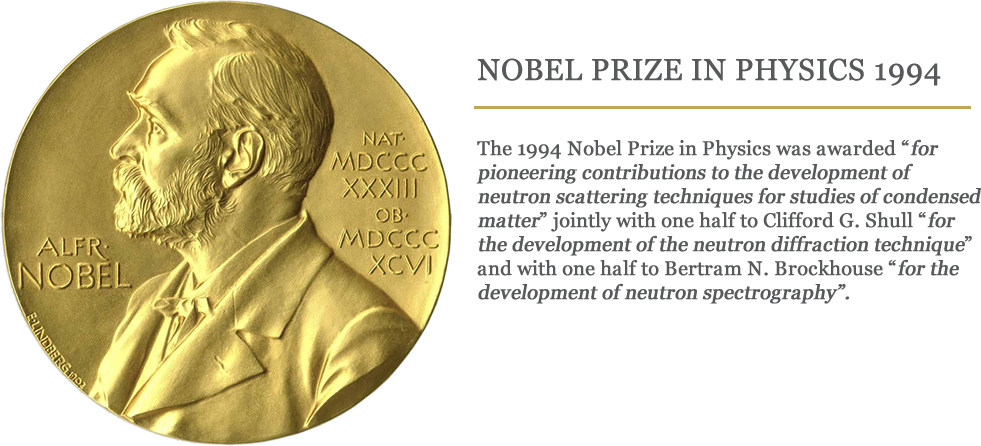June 13, 2018

Neutron scattering grew from the nuclear science of the Manhattan Project during the 1940s at what is now Oak Ridge National Laboratory (ORNL).
Today the Department of Energy (DOE) lab in eastern Tennessee operates two powerful neutron scattering facilities for DOE’s Office of Science—the High Flux Isotope Reactor (HFIR) and the Spallation Neutron Source (SNS). For over 70 years, neutron scattering has been an invaluable tool for researchers to investigate the fundamental properties and behaviors of energy and materials at the atomic scale. Neutron scattering at ORNL has also played an important role in helping the U.S. Department of Energy (DOE) fulfill its mission of addressing energy, environmental and nuclear challenges through transformative science.
Applying the powerful technique continues to improve materials that enable modern life. For example, it helps scientists develop more effective medicines, more efficient fuels, stronger buildings, lighter vehicles, advanced electronics, and more.
ORNL’s two facilities together offer more than 30 specialized beamlines that attract more than 1,000 researchers each year from government, academia, and industry around the world. Their peer-reviewed proposal process for beam time is highly competitive; many instruments are oversubscribed by nearly 3 to 1.
Like x-rays, neutrons are used to see inside materials at the atomic scale. Because they have a magnetic moment, neutrons are ideal probes for studying magnetic materials used in a wide range of electronic devices such as hard drives and smart phones. They also offer myriad insights into chemical and biological processes because of their sensitivity to light elements such as hydrogen and lithium. For instance, in the past decade, neutrons have played an essential role in advancing the understanding of lithium battery materials.
Neutrons were discovered by English physicist Sir James Chadwick in 1932. A little more than a decade later, two ORNL scientists would be the first to truly harness the particle’s analytical properties and pave the way for a rapidly expanding field that today employs thousands around the world.
Read more at neutrons.ornl.gov.